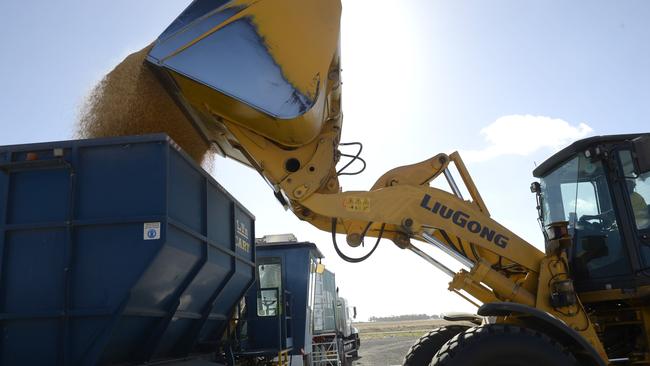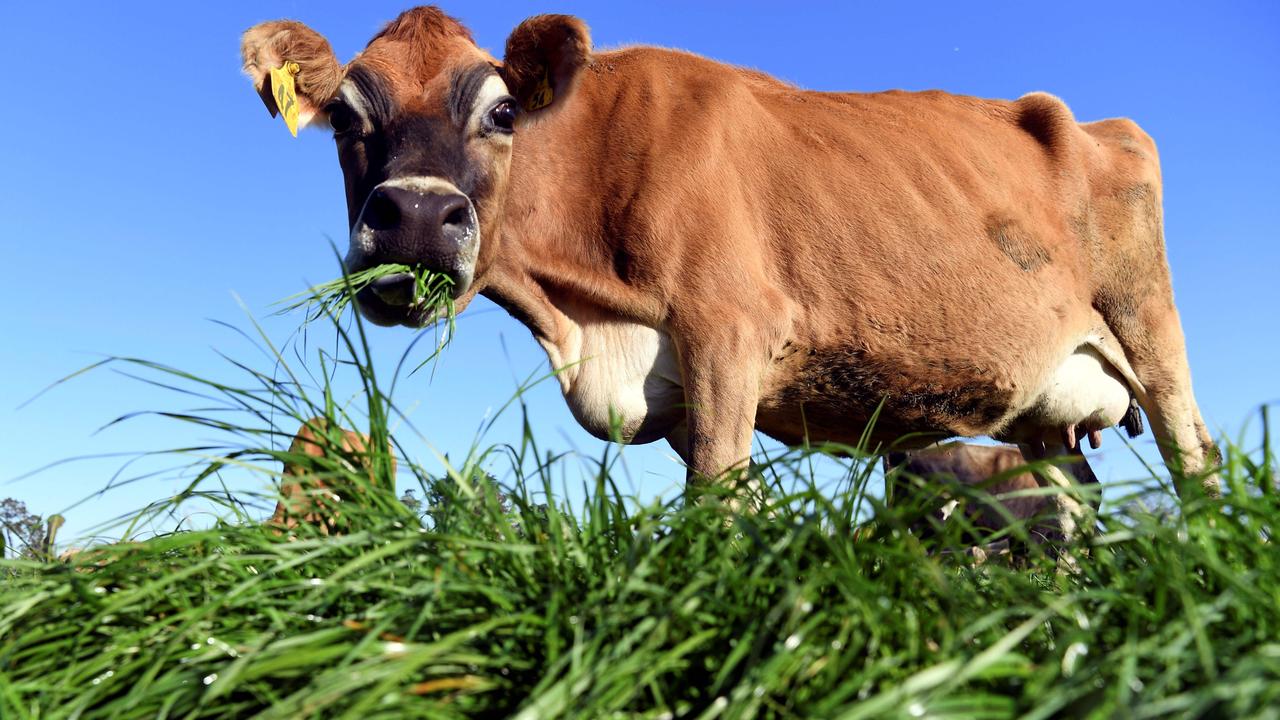Make or break time for $600 million barley export trade
Trade worth $600 million hangs in the balance, as the barley industry finalises its last appeals against an apparently politically-motivated threat from China to hit exports with massive tariffs.

AUSTRALIAN barley growers are bracing themselves for the end of their biggest market, if China makes good on threats to hit barley exports with tariffs up to 80 per cent.
Industry groups and the Federal Government were today finalising their last appeals against the potential tariffs, again refuting China’s claims of dumping of Australian product and alleged subsidies to farmers.
China will make its final call by Tuesday, make or breaking the $600 million trade at a time when political tensions between the two countries are running high.
Grains Producers Australia chair Andrew Weidemann was not optimistic of a turnaround, given China’s previous form in following through on tariffs once flagged.
“Think of it as the end of the last quarter, we’re 80 points behind and we’ve got to try to manufacture a result from here,” Mr Weidemann said.
“In the short to near term, we’re not going to win the game, but we will be trying to win the next match.”
Last month, China rebuked Australia’s calls for a global investigation into the origins of coronavirus by warning that push could lead to a consumer boycott of Aussie produce.
The potential barley tariffs were announced weeks later, followed by the suspension of four Aussie meat exporters to China.
The Federal Government and industry have been careful not to link the trade problems to the political situation, maintaining the barley and beef issues to the are two separate incidents based on technical concerns.
Grain Growers chair Brett Hosking said there was no surprise in the timing of the outcome, as China’s 18-month investigation was always due to finish by May 19, but “I guess the extreme of China’s response has caught industry a little off-guard”.
“I don’t think it’s right to suggest it’s politically motivated, but at the same time we’re encouraging the Government to do whatever they can to engage diplomatically with China at this time,” Mr Hosking said.
“We’ve got until Tuesday for the Government to step up in the diplomatic space and see what can be done, because once we get to Tuesday there’ll be a tariff in place and it then we’ll be having to try wind that back.”
Australia has long been the largest supplier of barley to China, exporting almost 6.5 million tonnes in 2017-18; but that dropped to about 2.4 million in 2018-19, due to China’s investigation and the ongoing drought.
China claims Australia dumped excess product cheaply in the Chinese market, and that Australian producers have benefited from a range of subsidies, from drought support to low interest rates, all of which Australia has refuted.
A recent AgriFutures Australia report found Australian farmers were one of the least subsidised in the world, and were missing out on almost 30 per cent more export opportunities due to the agricultural subsidies and trade policies of other nations.
China topped the list for agricultural subsidies between 2016-18 at $US202 billion — almost as much as all other OECD nations combined.
China’s primary claim now, industry says, is that water efficiency programs to upgrade irrigation infrastructure in the Murray Darling Basin are subsidies.
Mr Weidemann said it was “a pretty long bow to draw, when no barley to my knowledge is really grown on irrigation”.
Trade Minister Simon Birmingham has reserved Australia’s right to appeal if the decision goes against Australian farmers, including taking China to the World Trade Organisation.
Other markets — including Japan, Vietnam and, come July 5, Indonesia — are already open to Australian barley, but none present the opportunity China does. With Australian produce usually in high demand, China’s buyers are willing to pay a premium.
“Finding a home for barley is not a problem, it’s the price differential,” Mr Hosking said.
Rabobank analyst Tim Hunt said while China would be difficult to replace, it was not likely to be a strong market this year anyway. Beer sales are down due to COVID-19 restrictions while China’s need for feed barley has dropped after its pig herd was decimated by African Swine Fever.
“That’s part of the reason why it’s convenient for China to threaten our barley,” Mr Hunt said.
“That said, even a soft Chinese market is the best there is for barley.”
And if tariffs are introduced as high as anticipated, there was no way to know how long they would stay in place. In 2018, China whacked US sorghum with an anti-dumping tariff of almost 180 per cent. It was removed six weeks later.
“We don’t have a lot of barley to sell right now, so if this resolved by the time we’re selling the coming winter crop, then the damage is modest,” Mr Hunt said.
Regardless the outcome, industry says the situation has reinforced the need for strong free, and fair, trade ties.
“We’ve got to make sure the playing field is levelled somehow,” Mr Weidemann said.
“One of the pillars to lift the economy out of the current situation (with COVID-19) is agriculture, so ag deserves to be supported by countries all around the world, by every country, because food security has become so important.”
MORE
AGRICULTURE BEARS BRUNT OF RISING POLITICAL ANGER OVER CORONAVIRUS
AUSSIE FARMERS MISS OUT ON A THIRD OF TRADE OPPORTUNITIES DUE TO FARM SUBSIDIES


